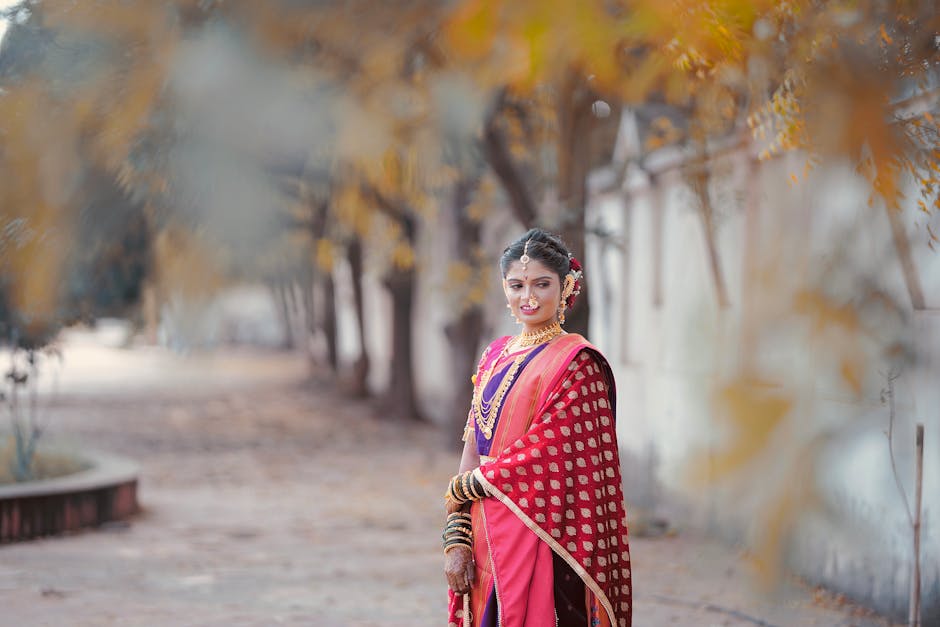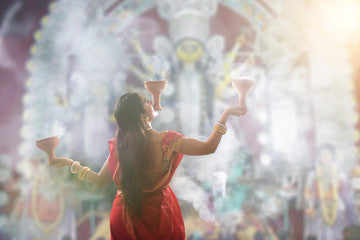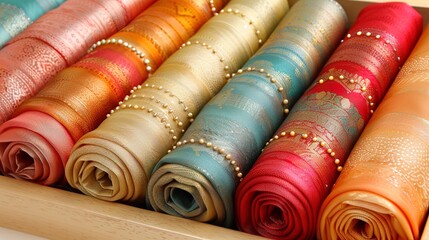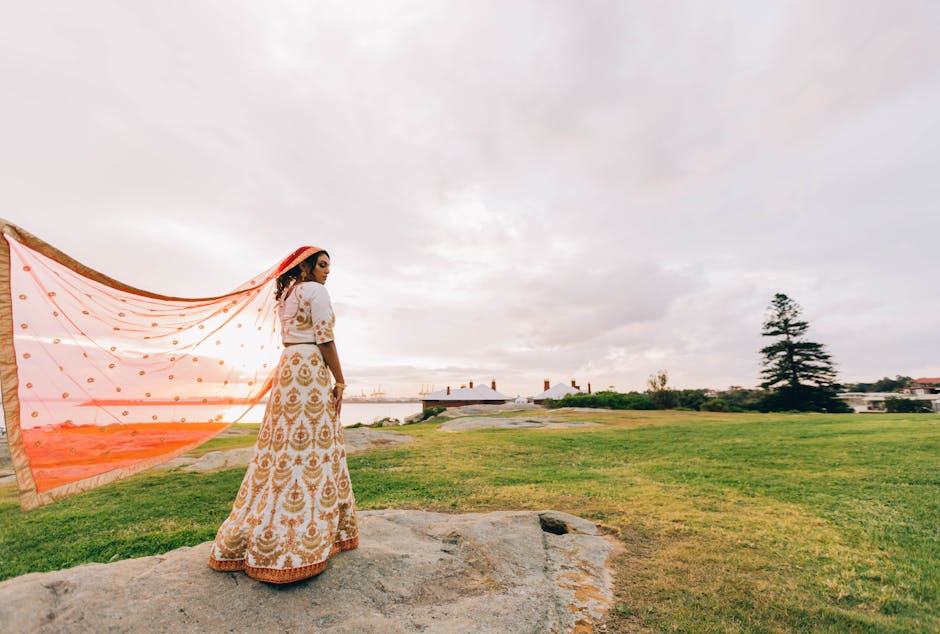The History and Heritage of Dhakai Sarees: An In-depth Look
Dhakai Sarees, with their intricate motifs and unparalleled elegance, serve not just as garments but as a tapestry of cultural heritage that wraps around the essence of Bangladesh. This blog will take you through a journey of how Dhakai Sarees have woven their place into the hearts and history of people, tracing their origins from the Mughal era to becoming a symbol of sophistication and pride in contemporary fashion. Dive deep into the world of Dhakai Sarees, a fabric intertwined with stories of tradition, artistry, and resilience.
The Origins of Dhakai Sarees: A Timeless Tradition
The chronicles of Dhakai Sarees begin in the royal courts of the Mughal era, where they were revered as masterpieces of delicate art and intricate craftsmanship. Originating from Dhaka, now the bustling capital of Bangladesh, these sarees were once exclusive to the noble and the elite, symbolizing status and opulence. The traditional handloom techniques developed and perfected over centuries, are a testament to the weavers’ unparalleled skill and devotion to their craft.
A Dhakai Saree, known for its weightless muslin fabric, was a product of the rich cultural milieu and the flourishing trade of the Bengal region. Stories suggest that the muslin of Dhaka was so fine that a whole saree could pass through a ring, showcasing the remarkable craftsmanship that went into its making. This fine muslin, coupled with the meticulous Jamdani weaving technique, made Dhakai Sarees a coveted luxury, celebrated for their elegance and beauty.
The Artistry Behind Dhakai Saree Weaving
The creation of a Dhakai Saree is a labor of love and patience, often taking months to complete one piece. The Jamdani technique, a UNESCO intangible heritage, is central to its design, characterized by intricate motifs woven directly onto the fabric without the use of sketches. The weavers’ skilled hands bring to life floral patterns, geometric shapes, and scenes from nature and folklore, making each saree unique and a piece of art in itself.
This weaving technique not only requires skill and precision but also a deep connection between the artisan and their loom. The process represents a rich cultural legacy passed down through generations, with each weaver adding their touch to the evolving story of Dhakai Saree. The weavers of today are custodians of this age-old craft, keeping the tradition alive while adapting to the changing tastes and demands of the modern world.
Dhakai Sarees Through the Ages: Evolution of a Heritage
The evolution of Dhakai Sarees mirrors the socio-economic changes of the region. From a luxury limited to the wealthy, Dhakai Sarees have found their way into the hearts and wardrobes of people across different social strata, making them a symbol of Bangladesh’s rich cultural heritage. The designs and techniques have evolved, with artisans incorporating newer materials and patterns while preserving the essence of the traditional craft.
The Cultural Significance of Dhakai Sarees in Bangladesh
In Bangladesh, Dhakai Sarees are not just clothing but a celebration of identity and heritage. They are worn during festivals, weddings, and significant social events, each saree telling a story of cultural pride and elegance. The saree has transcended its origins to become a symbol of women’s empowerment, showcasing the craftsmanship of the weavers and the grace of those who wear it. It is a badge of tradition, worn with pride by generations of women.
Contemporary Dhakai Sarees: Fusion of Tradition and Modernity
The allure of Dhakai Sarees in the contemporary fashion scene is undeniable. Designers are blending traditional techniques with modern aesthetics, creating sarees that appeal to the modern woman while paying homage to their roots. Innovations in design and the introduction of sustainable practices are ensuring that Dhakai Sarees remain relevant in the fast-paced world of fashion, making them a cherished garment for those seeking a connection to their cultural identity.
Preserving the Heritage: Challenges and Efforts
Despite their cultural significance, the art of making Dhakai Sarees faces challenges. The increasing mechanization of textile production and competition from cheaper alternatives threaten the traditional weavers’ livelihood. However, initiatives by the government and various organizations aim to protect and promote this exquisite craft. By providing training, financial support, and platforms for the weavers to showcase their work, these efforts are crucial in ensuring the survival and thriving future of the Dhakai Saree.
Weaving Traditions into Trends
The Dhakai Saree, transcending beyond just a piece of attire, embodies the rich cultural tapestry of Bangladesh. Its journey from the looms of the Mughal era to the fashion ramps of the modern world is not just about the survival of a tradition but its revival in a form that resonates with the contemporary yet retains the essence of its heritage. As we drape ourselves in the elegance of Dhakai Sarees, we wear a story of perseverance, artistry, and beauty that flows through generations.






